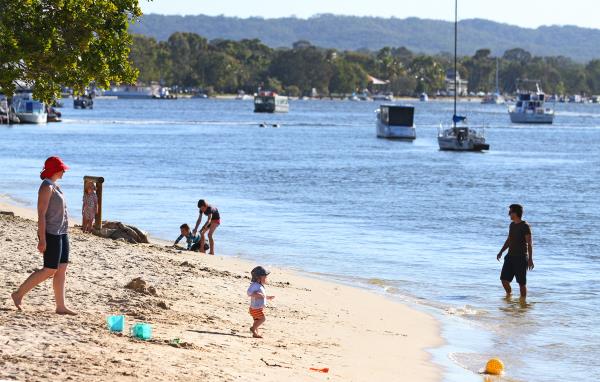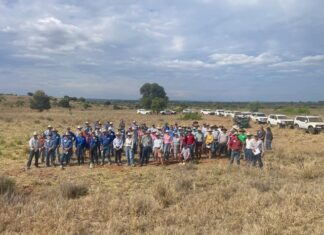
Noosa residents are being urged to get ready for another heatwave, with scorching temperatures expected to hit this weekend.
The Bureau of Meteorology is warning of high temperatures on Saturday with a top of 32, followed by a top of 36 expected on Sunday and no chance of rain.
There should be a little relief on Monday with temps expected to reach a top of 35 before a 60 per cent chance of rain cooling everyone off in the afternoon.
With the impending heatwave almost here, St John Ambulance is warning residents to be aware of the dangers of heat stroke.
A St John Ambulance spokesperson said heat stroke could be a life-threatening condition, because the body’s temperature can rise far above normal, to the point where it stops sweating.
“The body essentially loses its ability to control temperature, and if left untreated, it can damage the brain, heart, kidneys and muscles,” the spokesperson said.
Those more likely to suffer from heat stroke are the elderly, and people with poor health, and infants or small children.
The signs and symptoms of heat stroke can be similar to a fever, but St John Ambulance recommend looking out for a body temperature that rapidly rises to 40 degrees or higher and if the person is distinctly hot to touch.
Other signs include a rapid pulse that becomes weaker, noisy breathing, hot, dry and flushed skin, headaches, fatigue, dizziness and nausea. Some people affected by heat stroke may also vomit, suffer from convulsions or become unconsciouss.
“Heat stroke can also be easily confused with heat exhaustion. Just remember, in heat stroke, the skin is hot and flushed and may be dry or wet,” the spokesperson said.
“Heat exhaustion occurs when someone is exposed to high temperatures which prompts excessive sweating, which leads to salt and water depletion within the body.”
If someone suffers from heat stroke, lowering body temperature is the first and most urgent first aid for heat stroke.
“The person’s life may well depend on how quickly this can be done,” the spokesperson said.
“Apply DRSABCD. Move them to a cool, shaded place and begin cooling the person. Remove outer clothing and cover them with wet sheets and fan the sheets to increase cooling.”
St John Ambulance also recommend placing ice packs covered in towels in the person’s armpits, neck and groin areas, and when the body feels cool to touch, cover them with a dry sheet and monitor them closely. If their temperature begins to rise again, repeat the cooling process.
For more information on how to prevent and treat heat stroke and heat exhaustion, as well as first aid course information. Phone 1300 St John (1300 78 5646) from Monday to Friday 8.30am to 5pm.






